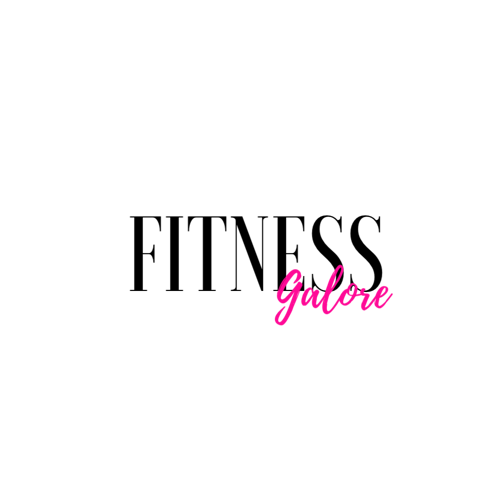Training in the Zone: Optimal Experience when Exercising
When it comes to exercise and training, it can be tough to motivate ourselves to get out and make it happen. However, it’s common knowledge that exercising helps us feel better on a mental and physical level. So, shouldn’t it be easier for us to convince ourselves to get “in the zone” for training and exercise?
Exercise always sounds good, until we’re facing a physician’s daily life, or similar day-to-day job, requiring 5:30 AM runs in the dark, for example. In those kinds of cases, sleep just sounds a whole lot better. If we’re too busy, too late, or too overwhelmed, it’s going to be hard to want to exercise. Whatever our reasons are, humans are great rationalization machines, meaning we can make just about anything sound good to ourselves – even skipping exercise.
This sort of cognitive dissonance doesn’t really give us warm and fuzzy feelings either. But does exercise have to be like this? Should we have to do battle with our rationalizations just to get ourselves to do it?
Upping Your Exercise Game by Entering a Flow State
Exercise can be a whole lot different from this. In positive psychology, there is something called optimal experience, or flow, that can be applied to almost anything we do, including exercise. Flow is that state where we lose ourselves in whatever we are doing – we become so focused that we lose track of time, experiencing something not unlike a drug high.
This shouldn’t surprise us. In flow, our neurochemical reward system, the same one that responds to eating chocolate, taking drugs, and winning at poker, is on overdrive. Dopamine levels surge, endorphins are flowing through our veins, and adrenaline and epinephrine make us feel like we’re ready to challenge Usain Bolt in a 100-meter race.
Flow doesn’t just make us feel awesome; it also comes with a host of benefits. For one, we have a much less chance of getting addicted to drugs or anything else, because in a flow state, we experience the same feelings – without feeling like we have some serious explaining to do. Our immunity is improved, and our chances of getting sick decrease significantly. We become happier, less depressed, and we don’t seem to have as many of those pesky intrusive thoughts.
Start with a Challenge and Seek Immediate Feedback
The first requirement of flow is something that challenges us, but with just the right amount of challenge. If the challenge is too great – like trying to outshoot Michael Jordan in basketball – we get overwhelmed. If the challenge is too easy – like walking to the mailbox (unless you are a paraplegic) – we get bored. Ideally, the challenge should be just above our skill level.
Whatever task we choose, the challenge should be just enough that we become curious if we can really do it. And then of course, we have to try.
Starting with a challenge is the first step, but knowing if we are getting close to our target is the next. This is where immediate feedback comes in. If feedback isn’t immediate, it doesn’t retain our attention as well in the moment – like learning that you ran a mile in seven and half minutes a week later. Without knowing how we are doing during the task, we have no incentive to try harder.
Choose Activities with Intrinsic Enjoyment
If we’re exercising because we have a wedding to go to and we already bought the dress, without really accounting for that week on vacation where we adopted the “anything goes” diet, we have an external reason. We really don’t want to find out the day of the wedding that we have to tape the dress together because the zipper won’t close.
Similarly, if we are doing something because we want to post it on Facebook and revel in the likes and praise of our adoring fans, we have an external reason. Praise is great, but it’s not a reason to do something. It’s also a setup, because as much as we think we can predict what our friends like, social media is built for us to compare our lives with others, who we perceive as “way cooler than us,” and we’re left feeling like the runner-up in a beauty pageant.
On the other hand, choosing to do something simply because we enjoy it is a whole different story. Intrinsic enjoyment comes from the simple joy we get in doing what we truly love to do. For that reason, it’s different for everybody – maybe it’s running on the beach; maybe it’s trying to outrun our dog; maybe it’s riding our horse.
Ultimately, whatever it is we choose to do for exercise and training, it has to be something we do for no other reason than the fact thatwe like to do it. Things that have a high intrinsic enjoyment value are like good investments – they reap lasting rewards for our mental and physical selves.
Entering a flow state while exercising will help you enjoy your time spent training much more! Start with a challenge and make sure there is immediate feedback. Choose an activity for its’ intrinsic enjoyment value. These are the ingredients of flow. And when we apply them to exercise, we learn how to truly train in the zone, optimizing our experience every time we exercise.


